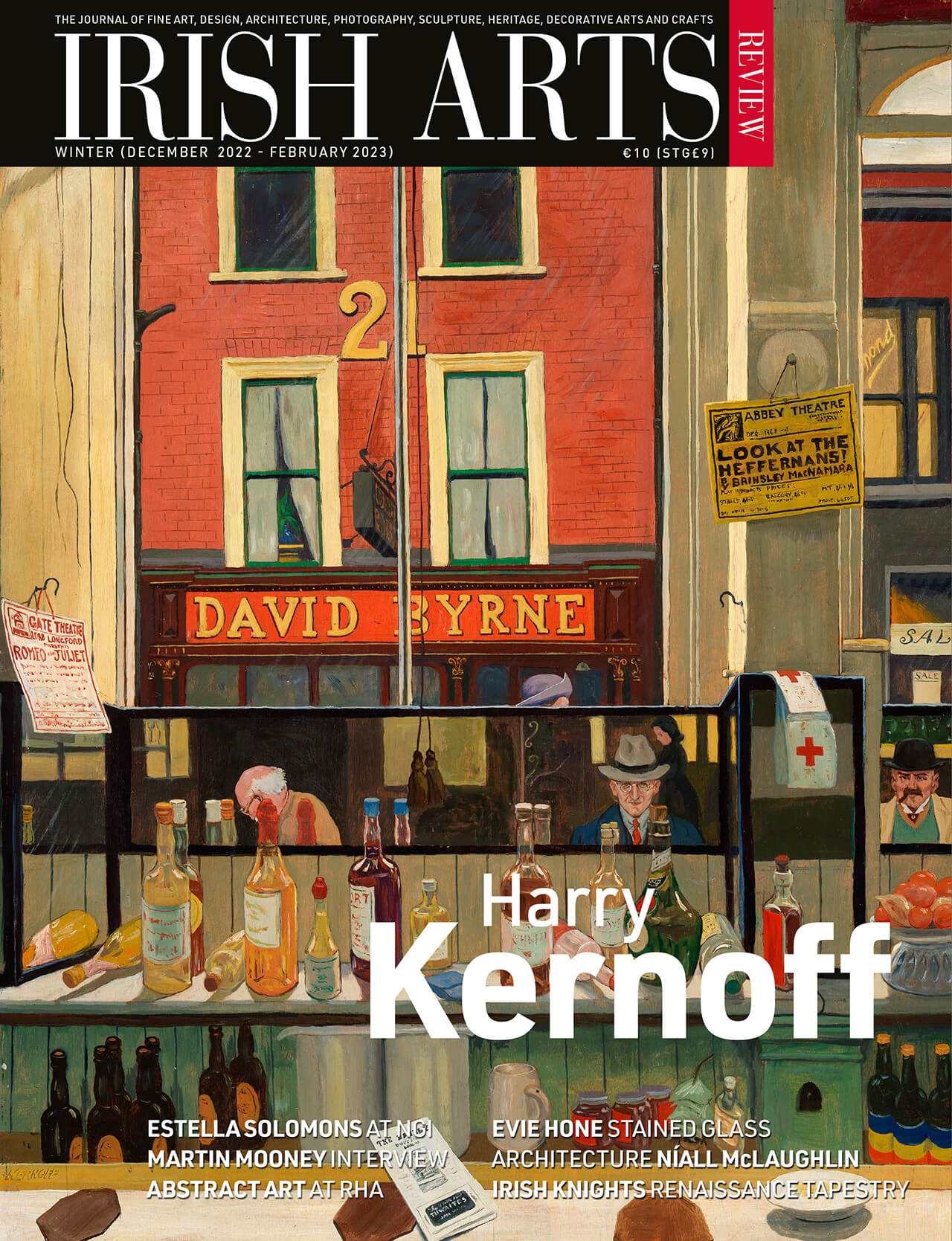Joseph McBrinn charts the history of Evie Hone’s Tullabeg windows, which illustrate scenes from the life of Christ


Joseph McBrinn charts the history of Evie Hone’s Tullabeg windows, which illustrate scenes from the life of Christ
In the spring of 1945, James White, the art critic, later curator at Dublin’s Municipal Gallery of Modern Art and subsequent director of the National Gallery of Ireland, visited the studio of the artist Evie Hone at Marlay Park in Rathfarnham, just a few miles south of Dublin, to see her latest work in stained glass. The sole display was a large, single-light window depicting the nativity in a shimmering prism of primary colours (Fig 2). Hone envisaged the panel as the first in a series of great windows intended to chronicle the cycle of Christ’s life from birth through to resurrection. White thought the panel ‘profound and grave’ and was greatly moved by its ‘noble delineation’ of a ubiquitous story. He singled out for praise the depiction of the holy family in the upper section of the window. Against a starry night sky of azure streaked with flashed white glass and below a crescent moon, the Virgin’s ‘earthly beauty’, St Joseph’s world-weary expression and the Christ child with arms outstretched gave the composition a sense of humanity as much as ‘rhythmical perfection’.
To read this article in full, subscribe or buy this edition of the Irish Arts Review
In the spring of 1945, James White, the art critic, later curator at Dublin’s Municipal Gallery of Modern Art and subsequent director of the National Gallery of Ireland, visited the studio of the artist Evie Hone at Marlay Park in Rathfarnham, just a few miles south of Dublin, to see her latest work in stained glass. The sole display was a large, single-light window depicting the nativity in a shimmering prism of primary colours (Fig 2). Hone envisaged the panel as the first in a series of great windows intended to chronicle the cycle of Christ’s life from birth through to resurrection. White thought the panel ‘profound and grave’ and was greatly moved by its ‘noble delineation’ of a ubiquitous story. He singled out for praise the depiction of the holy family in the upper section of the window. Against a starry night sky of azure streaked with flashed white glass and below a crescent moon, the Virgin’s ‘earthly beauty’, St Joseph’s world-weary expression and the Christ child with arms outstretched gave the composition a sense of humanity as much as ‘rhythmical perfection’.


Brian Fallon remembers a modest exhibition that began a love affair with the work of Harry Kernof

Síghle Bhreathnach-Lynch remembers a leading member of the Celtic Revival, artist Mia Cranwill

Aidan Dunne talks to painter Martin Mooney about his career and the development of his work